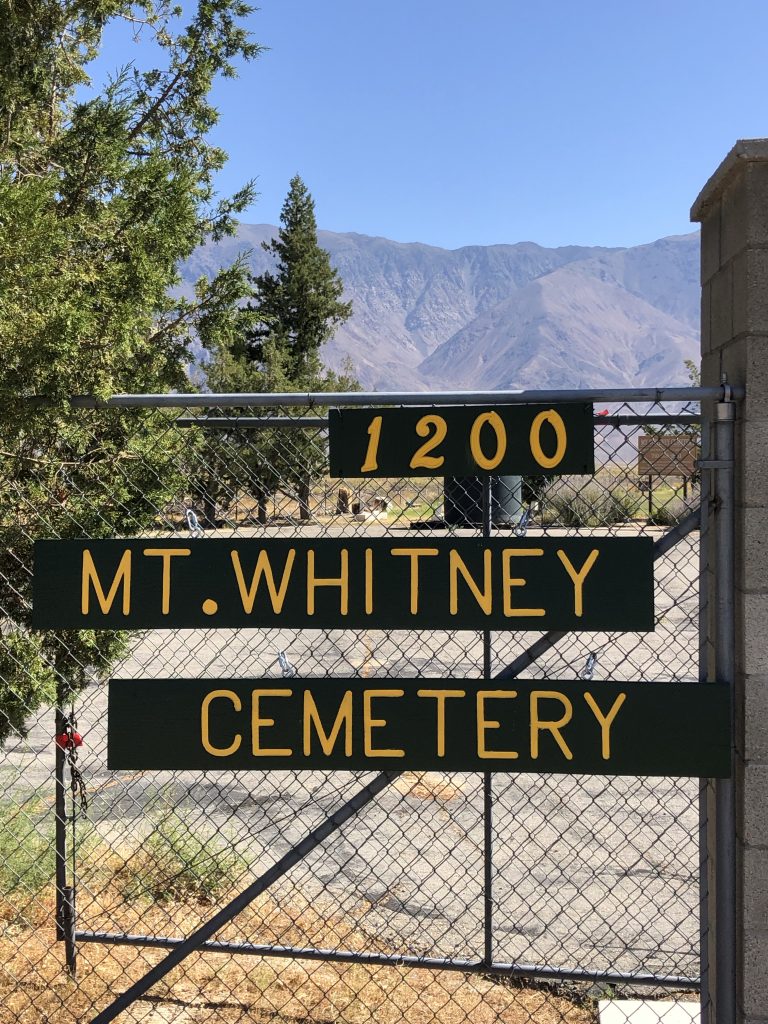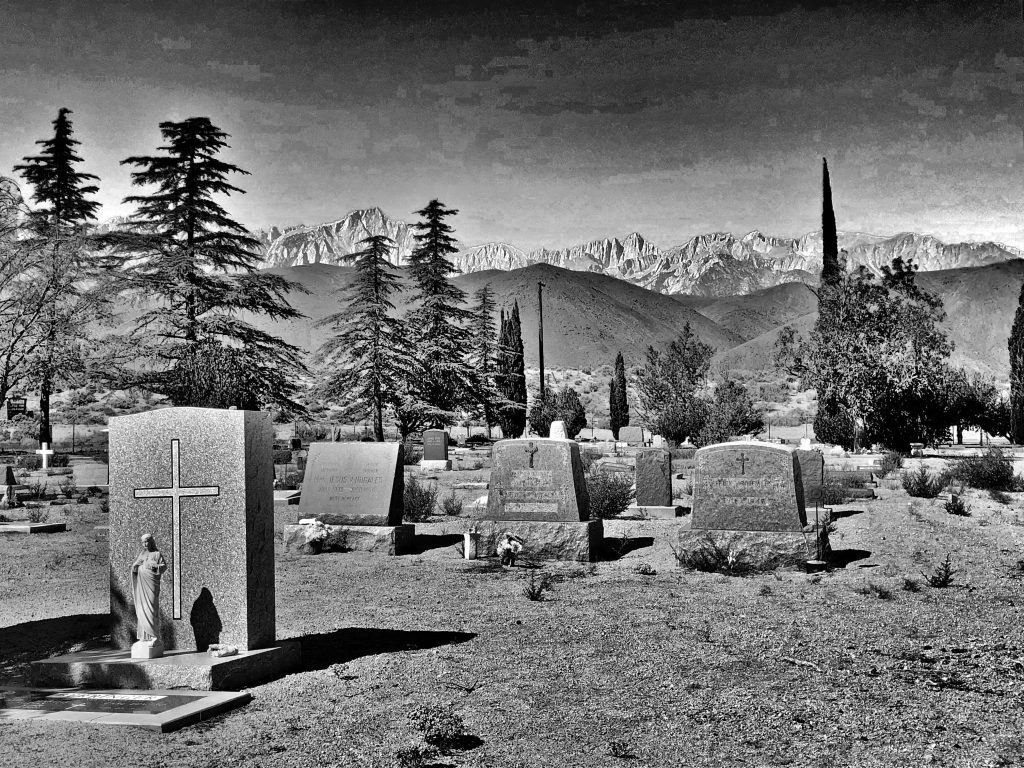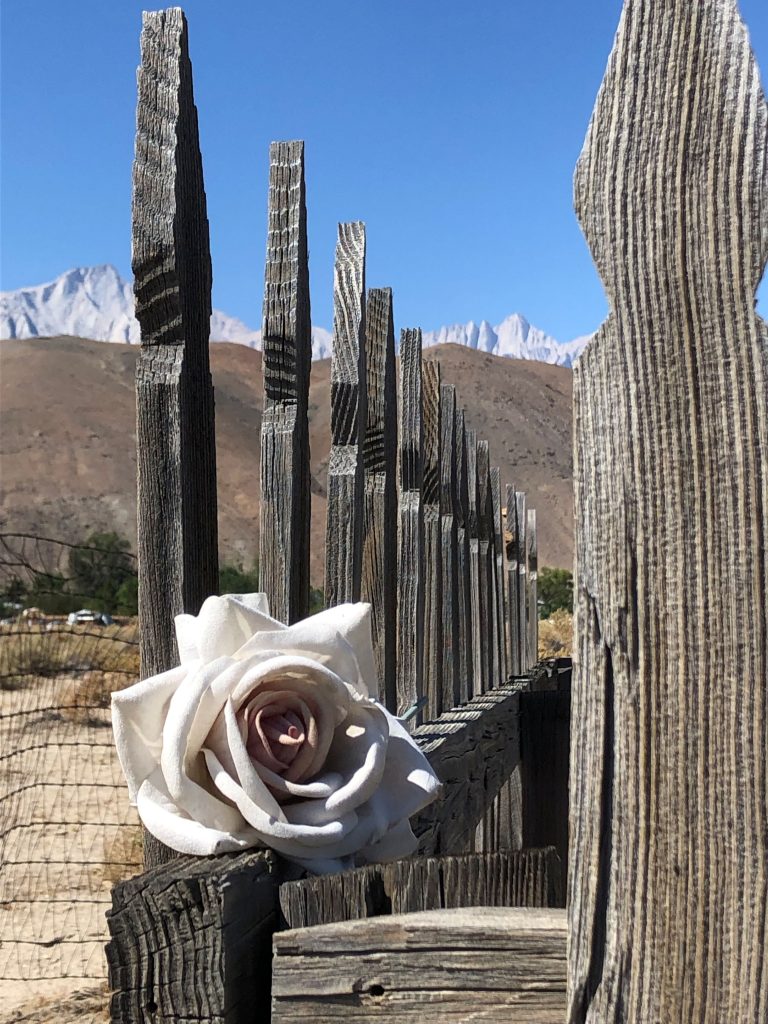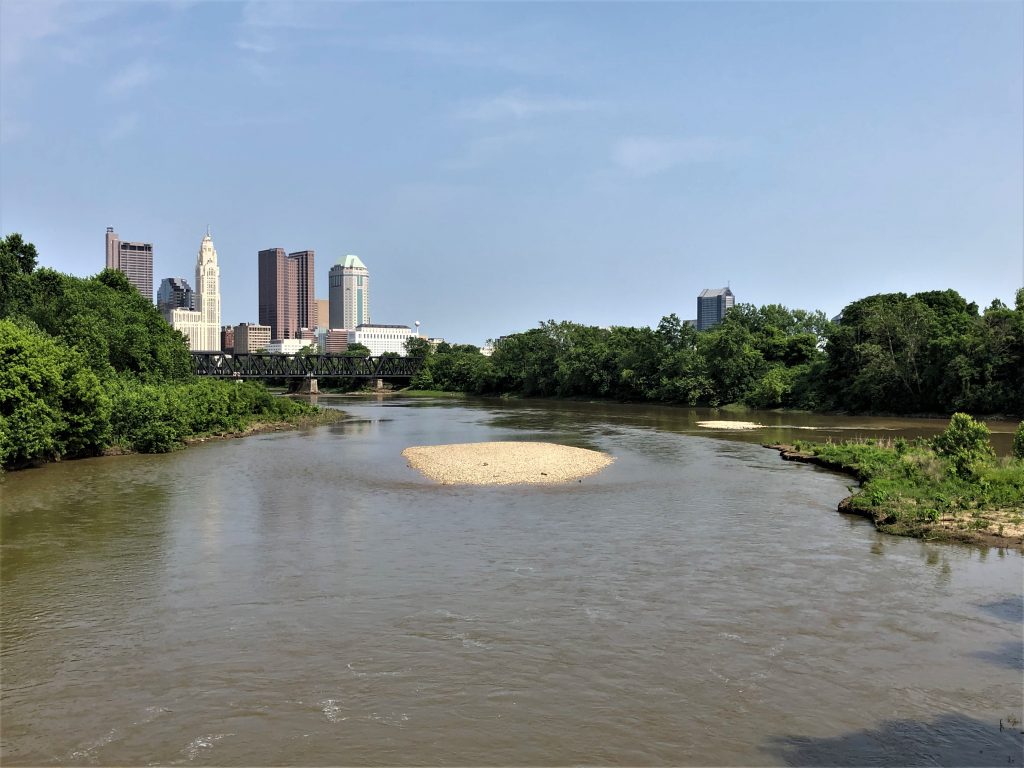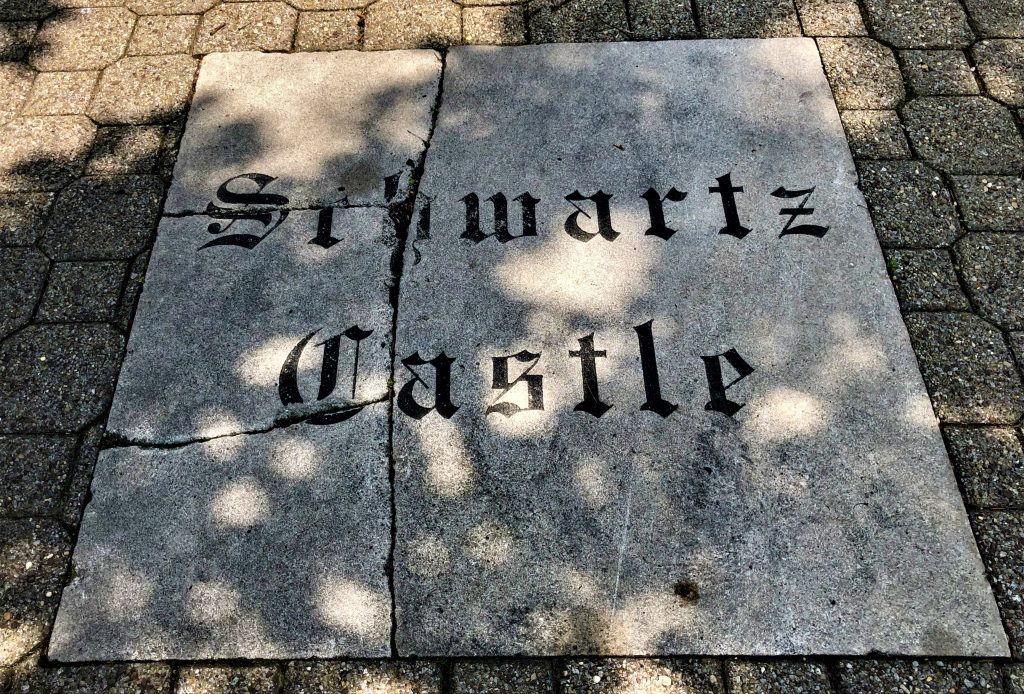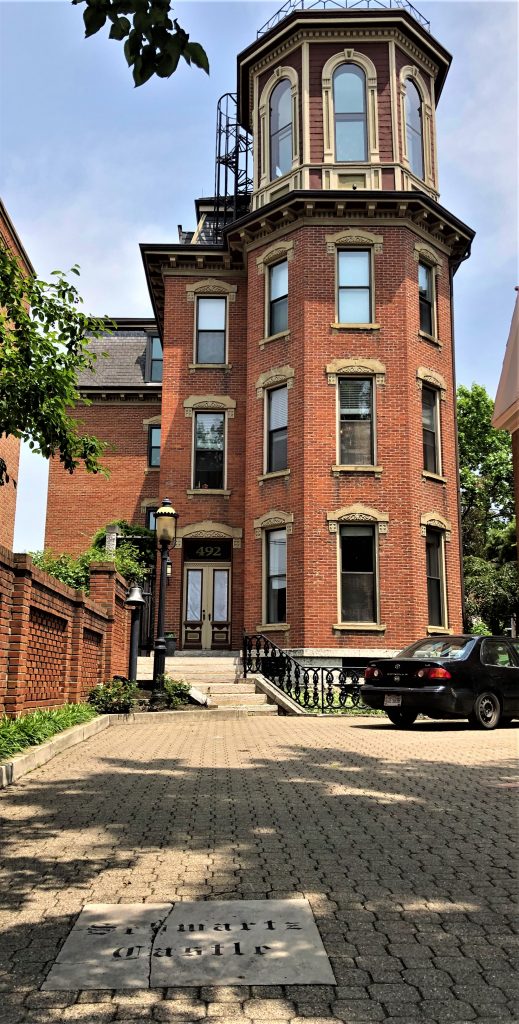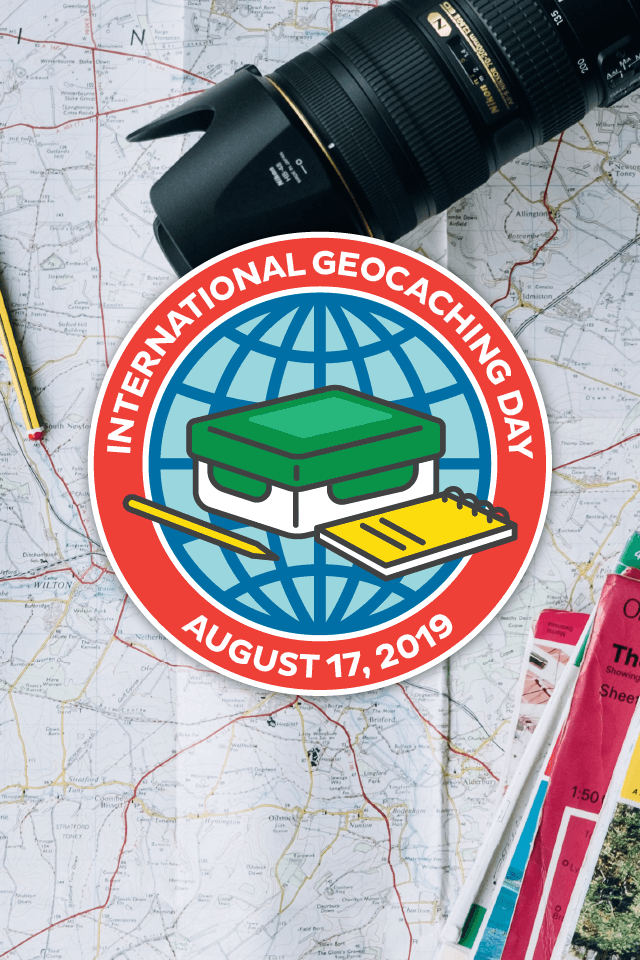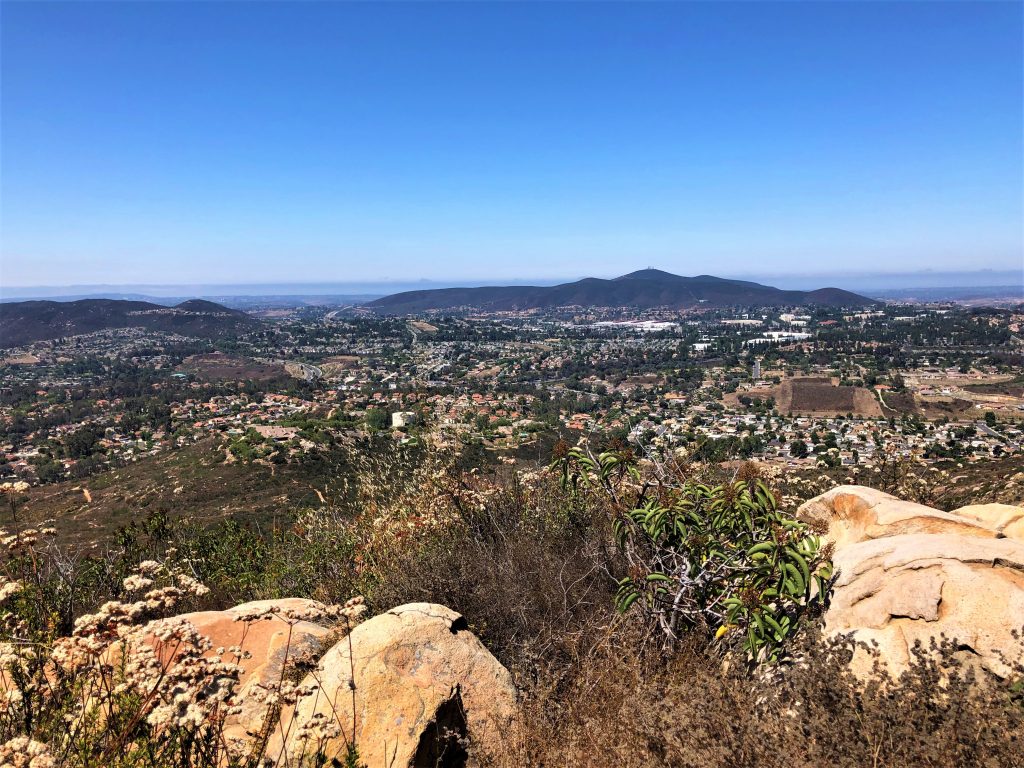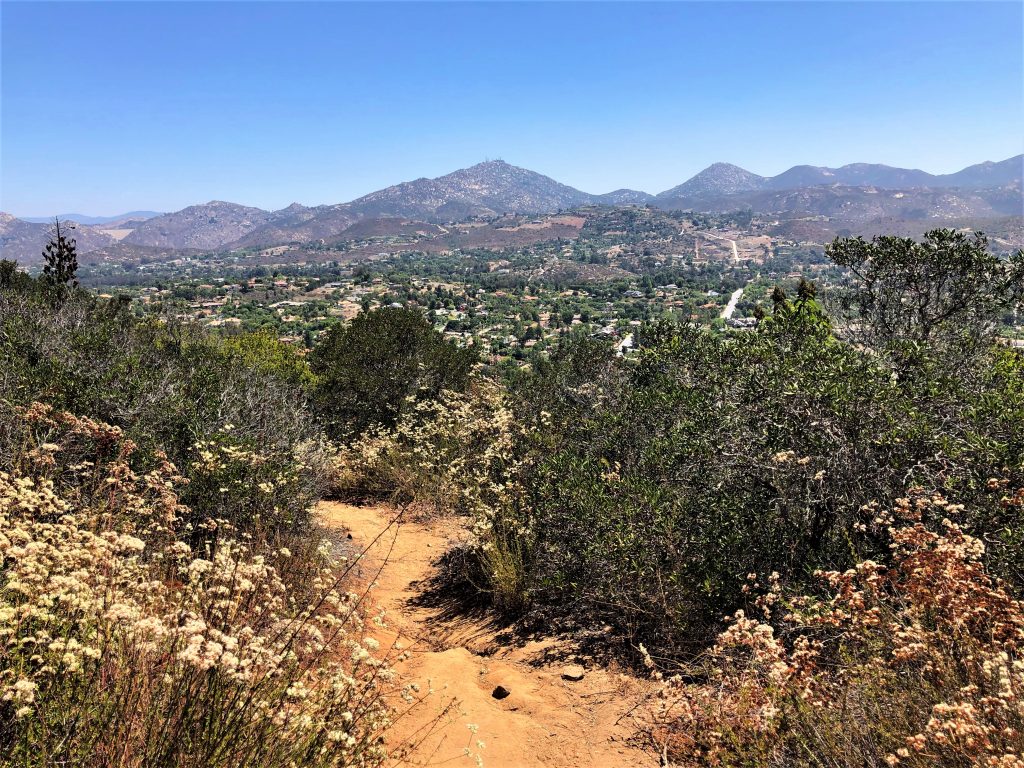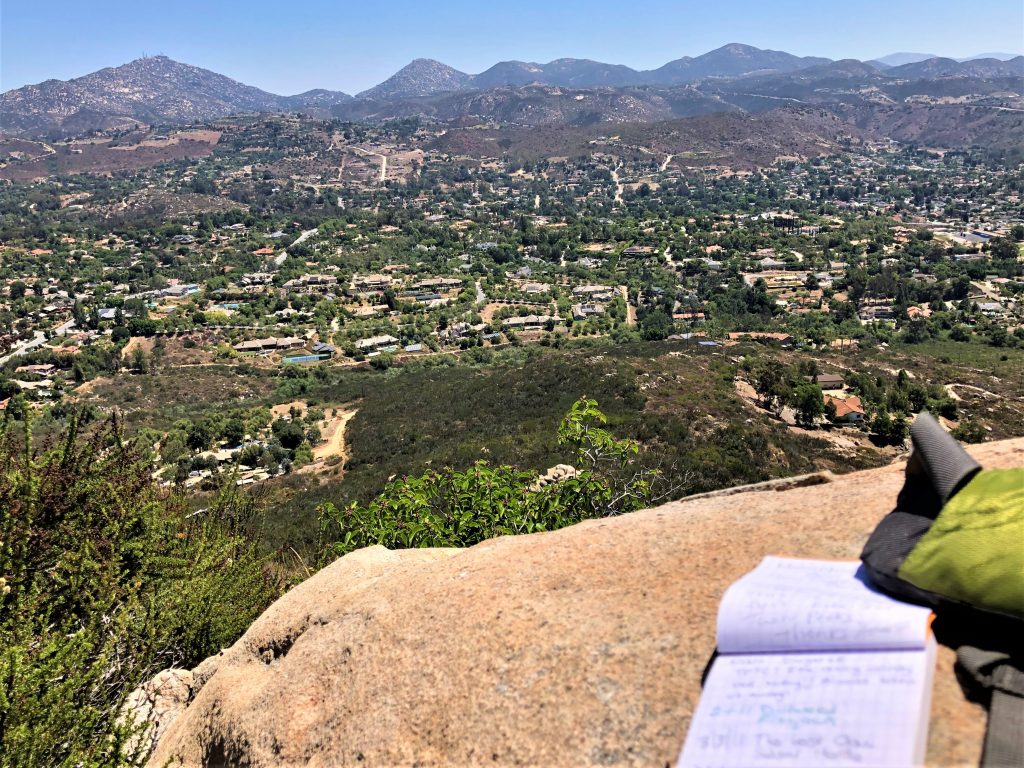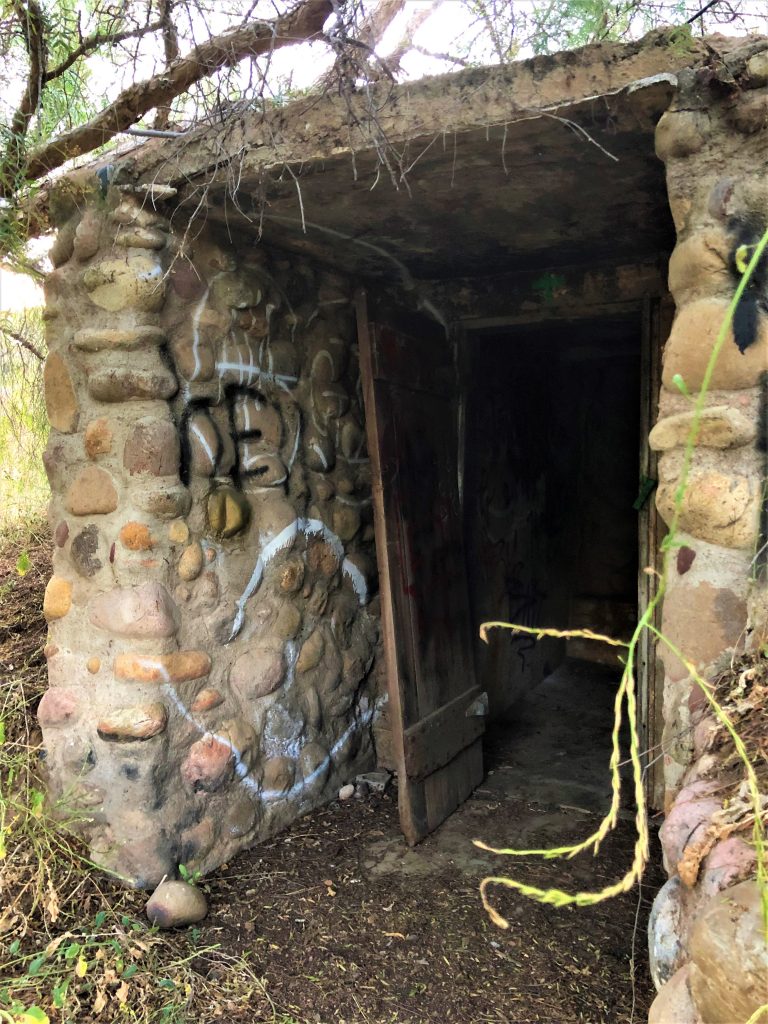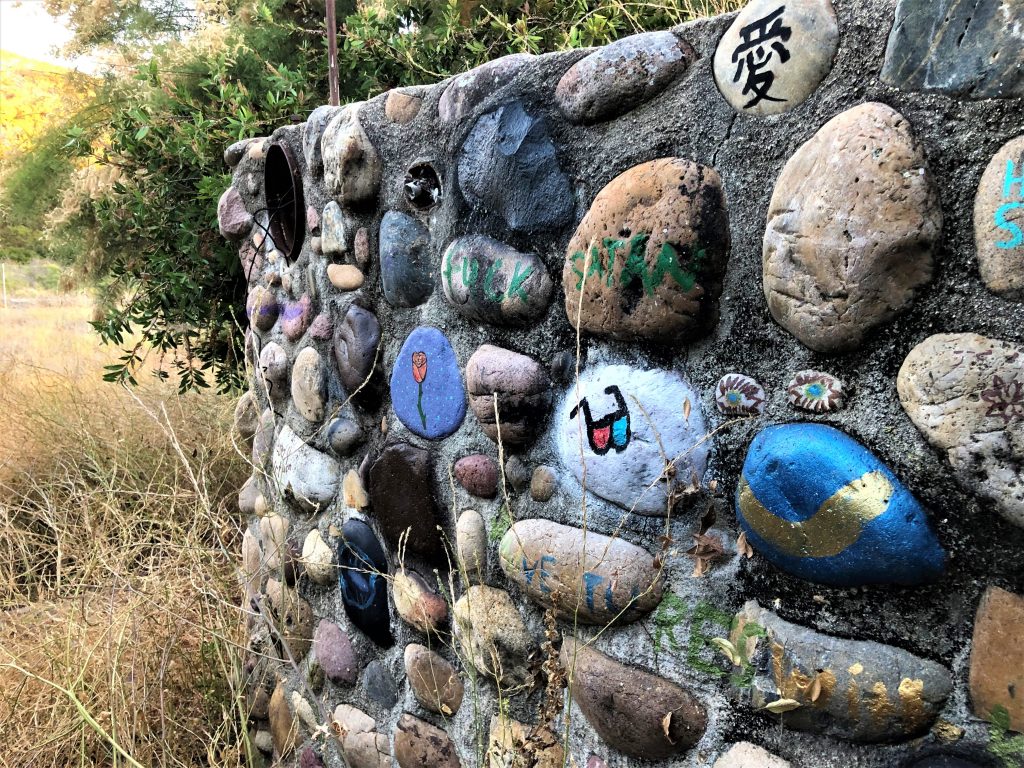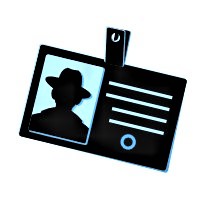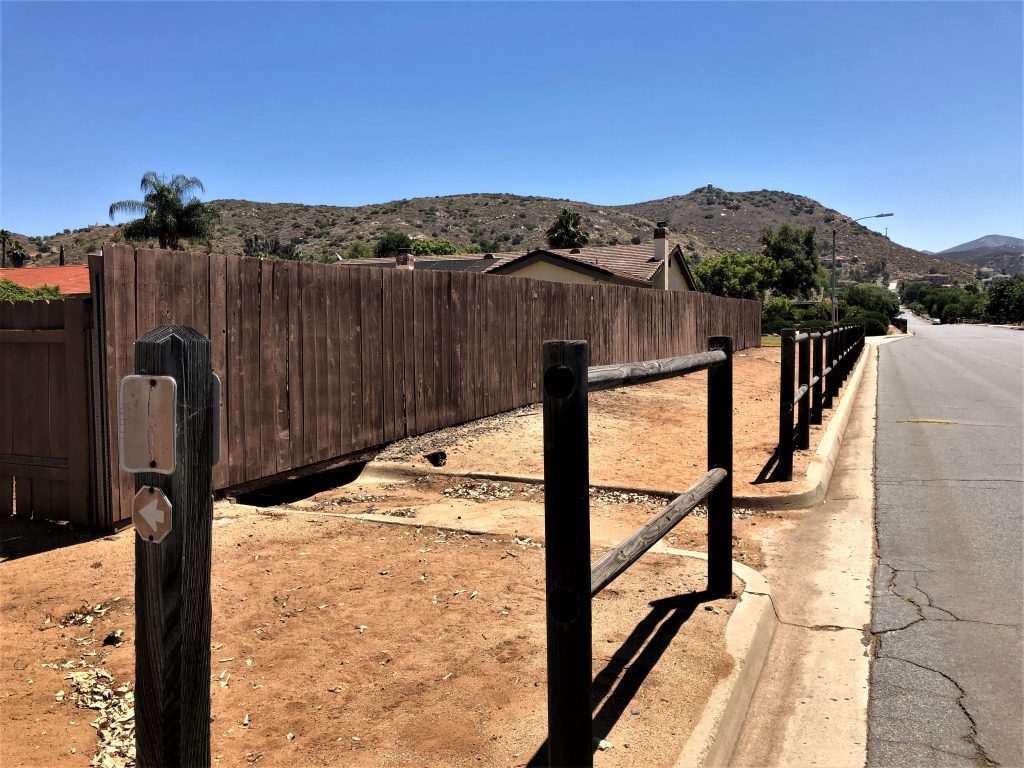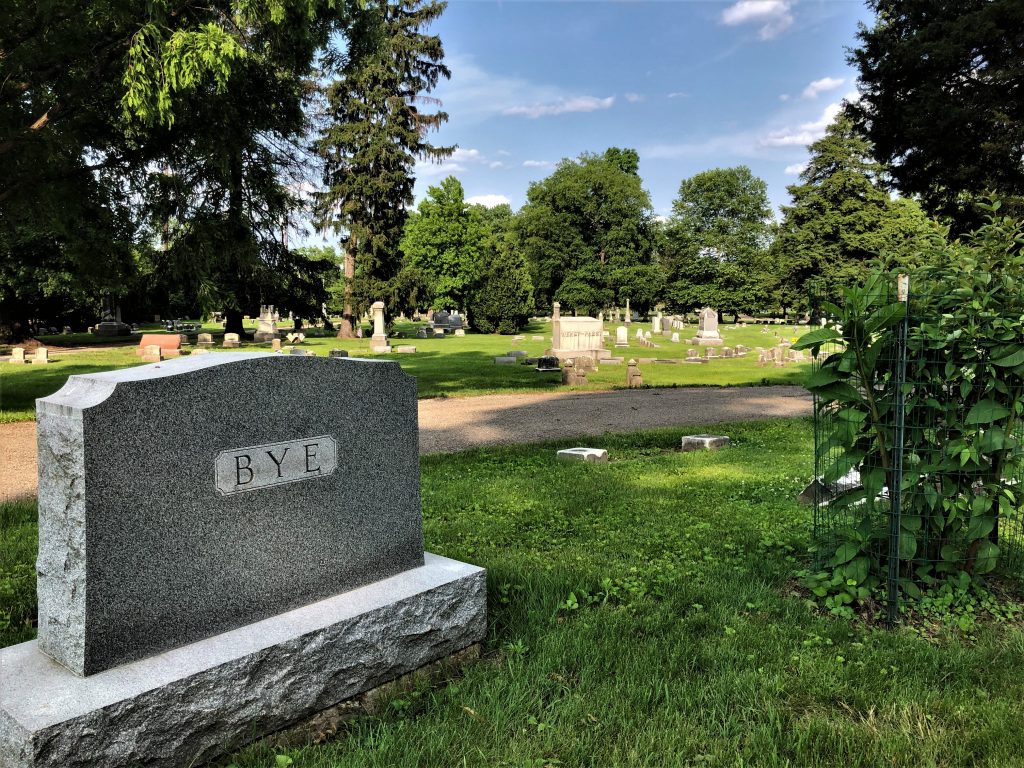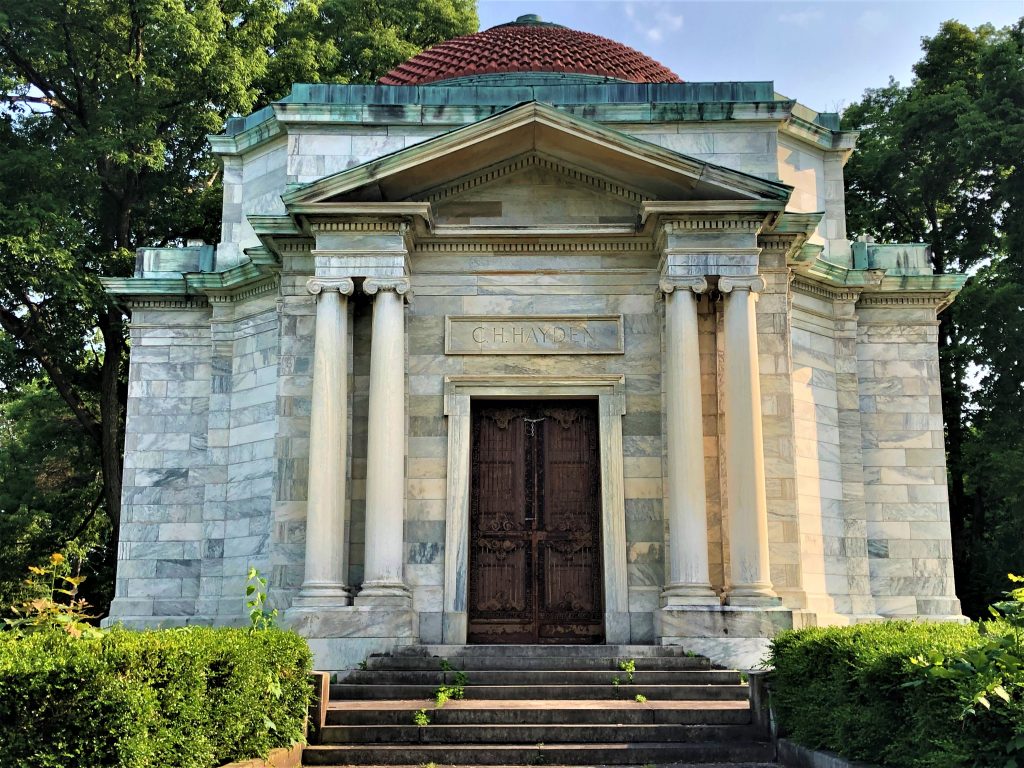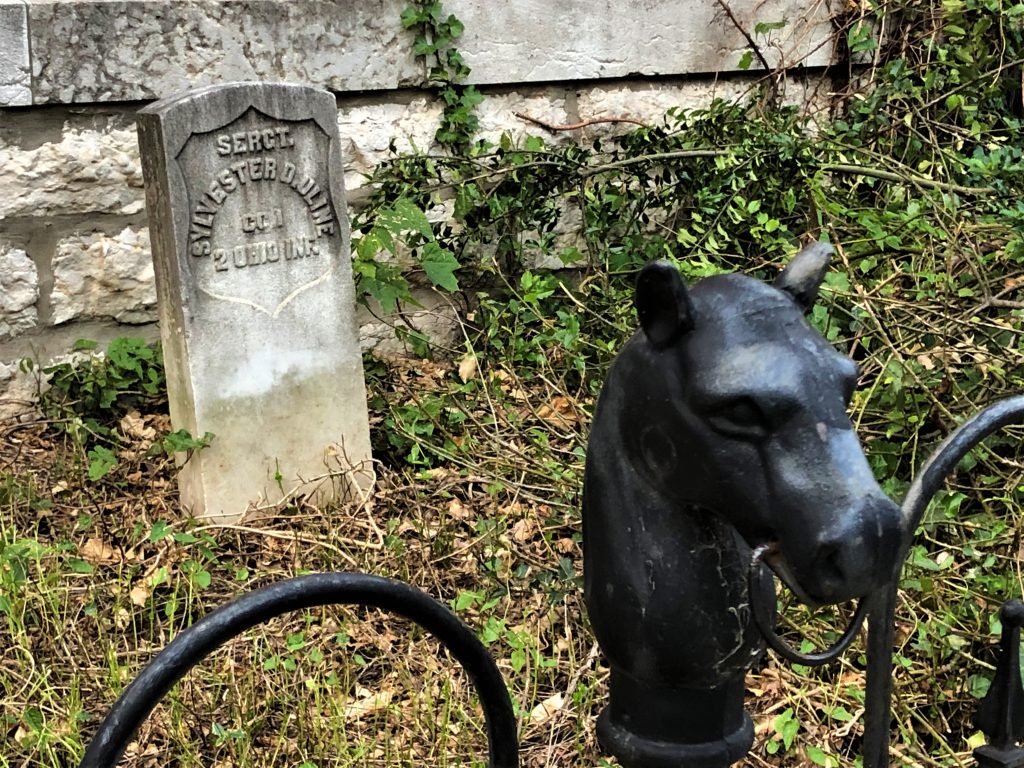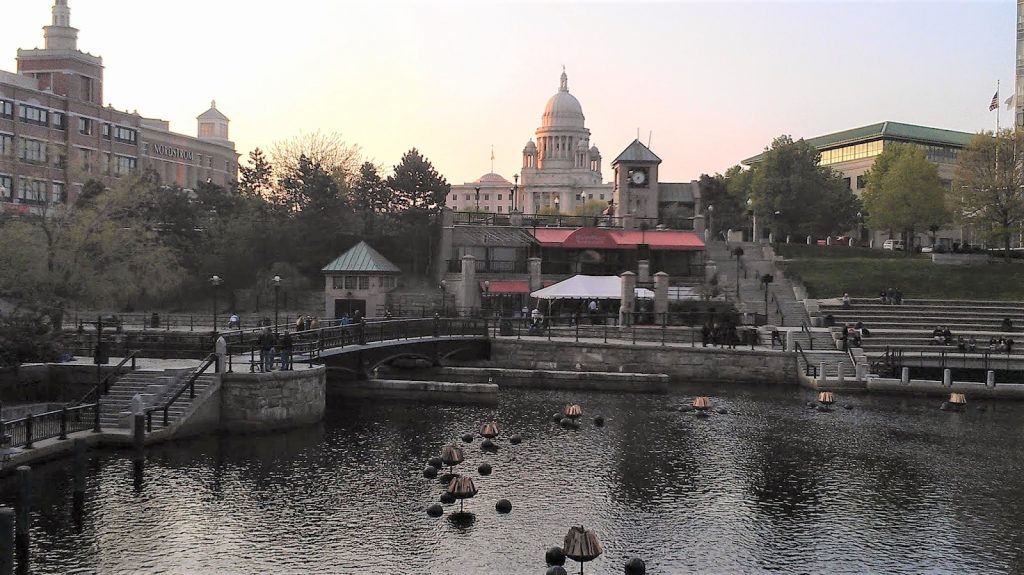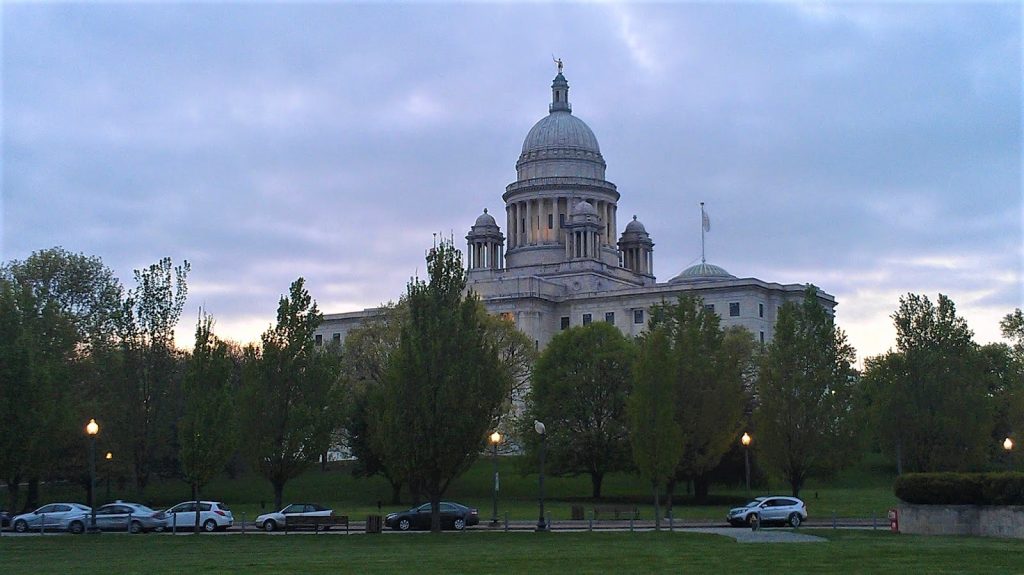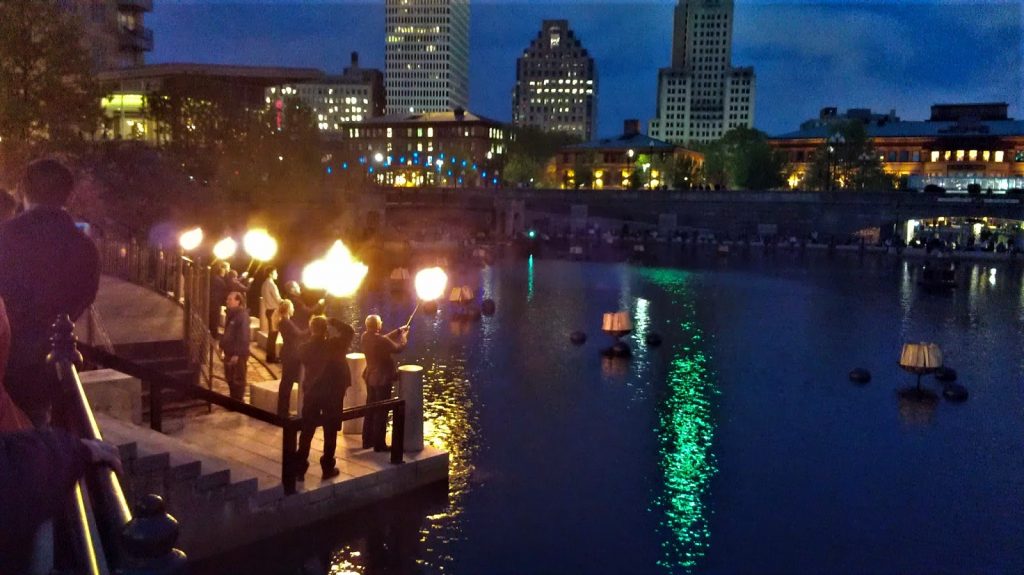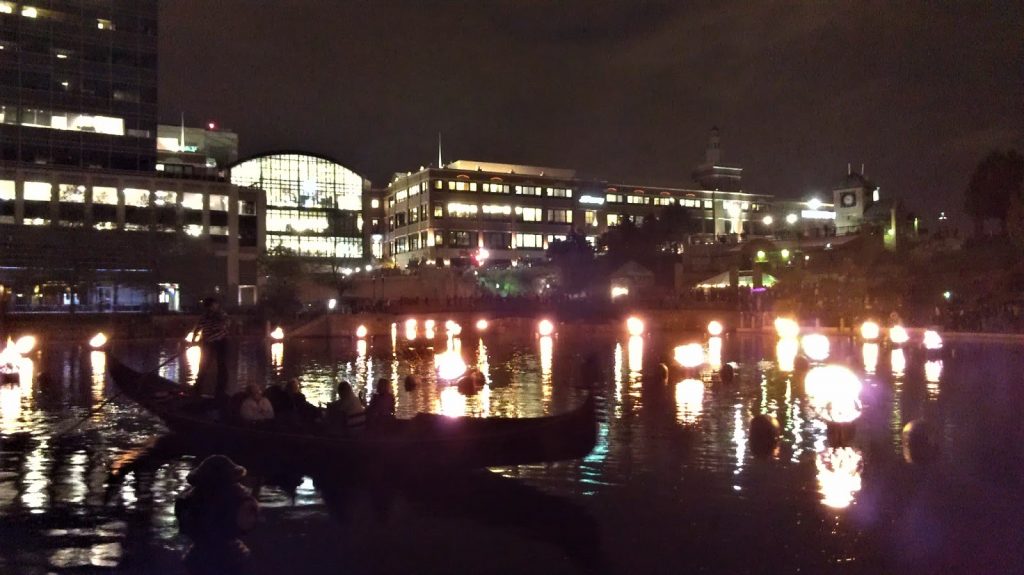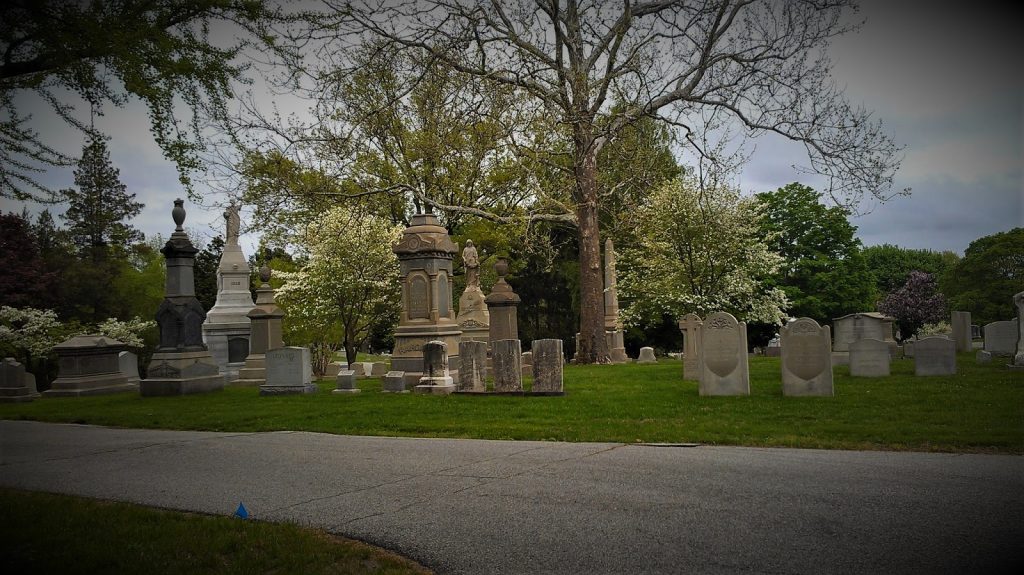I imagine it must have felt much like this. The ground soft from recent rains, the air fresh and crisp, and the clouds struggling to clear out of the dreary San Diego sky. One hundred and fifty years ago, American soldiers walked this same trail trying to get to San Diego. We call their destination Old Town now, but for them it would be the end of a long and dangerous journey from Fort Leavenworth in Kansas. My goal was far less ambitious. I was hunting geocaches.
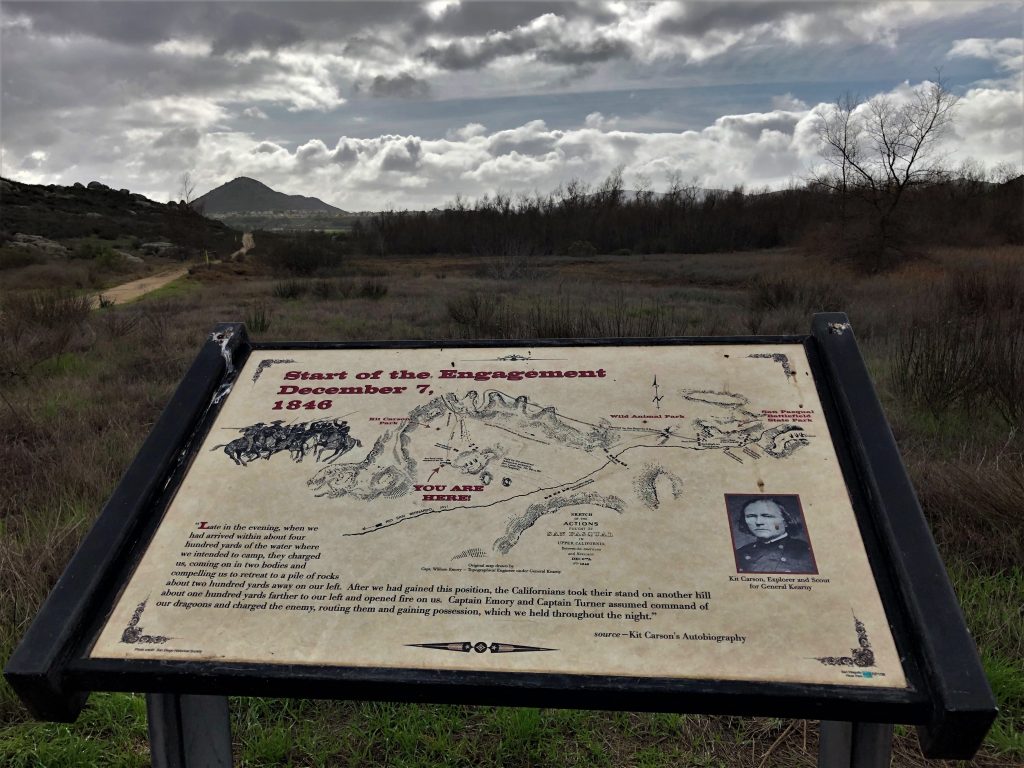
The trail leading into the San Dieguito River Park is part of the new Coast to Crest trail, an impressive 50+ mile hike from the Pacific Ocean to the summit of Volcan mountain. The trail itself is not at all new, but was used as a stagecoach route during the 1800’s, and was probably used by the Kumeyaay Indians long before that. I arrived at the first information sign and learned that this was the exact spot in 1846 that the Americans encountered the Californios, an army of Mexican soldiers led by General Andreas Pico. I’m certain that the Americans weren’t thrilled to see them. An attack by the Californios the previous night, done in a cold, foggy December drizzle, had led to significant casualties. That attack, now known as the Battle of San Pasqual, was one of the bloodiest in the ongoing war with Mexico. The Americans were exhausted, battered, and cold, and now they were surrounded.
The Americans fled to the hill on my left, and apparently lost cows and chickens right about where the geocache was hidden. Fortunately, I didn’t have to dodge the long poles and lances of the Californios in order to make my first find. GC725Q0 is an easy geocache located very close to the information sign.

A little further down the path, I got a better view of the rocky hilltop now known as Mule Hill. The American troops camped near the saddle between the two hills, and had a makeshift medical unit to care for the wounded. One of these injured men was Capt John Cox, who eventually died while they were holed up on the hill. Having been lanced through the gut in the previous skirmish, I imagine his final hours were brutal. Excruciating pain, freezing temperatures, campfires muted by the mist and drizzle, and a severe shortage of food. The surviving troops avoided certain starvation by eating one of their mules, which gave the unassuming hill its iconic name. The story of how Kit Carson snuck out of camp, avoided the Californios, and walked to San Diego for reinforcements remains one of the great stories of the founding of California. The signs here give a glimpse of the action, and a geocache here (GC6EWCZ) provides more detail.
The history of the battle of San Pasqual is quite fascinating and the names of the major players read like a who’s who of San Diego landmarks. There was General Kearny (Kearny Villa Rd, Kearny Mesa), Captain Gillespie (Gillespie Field), General Pico (several streets in San Diego are named after him), Philip Crosthwaite (Crosthwaite Circle in Poway), and the scout Kit Carson (Kit Carson Park in Escondido). There has also been much confusion about the site. Looking to the South, a cross atop Battle Mountain in the distance is a reminder that Mule Hill was misidentified for many years. There was also a great deal of controversy over whether John Cox is still buried there. It seems like his body was likely moved, but the ghosts of Mule Hill are still very present. For an excellent description of the battle of San Pasqual and Mule Hill, click here.
